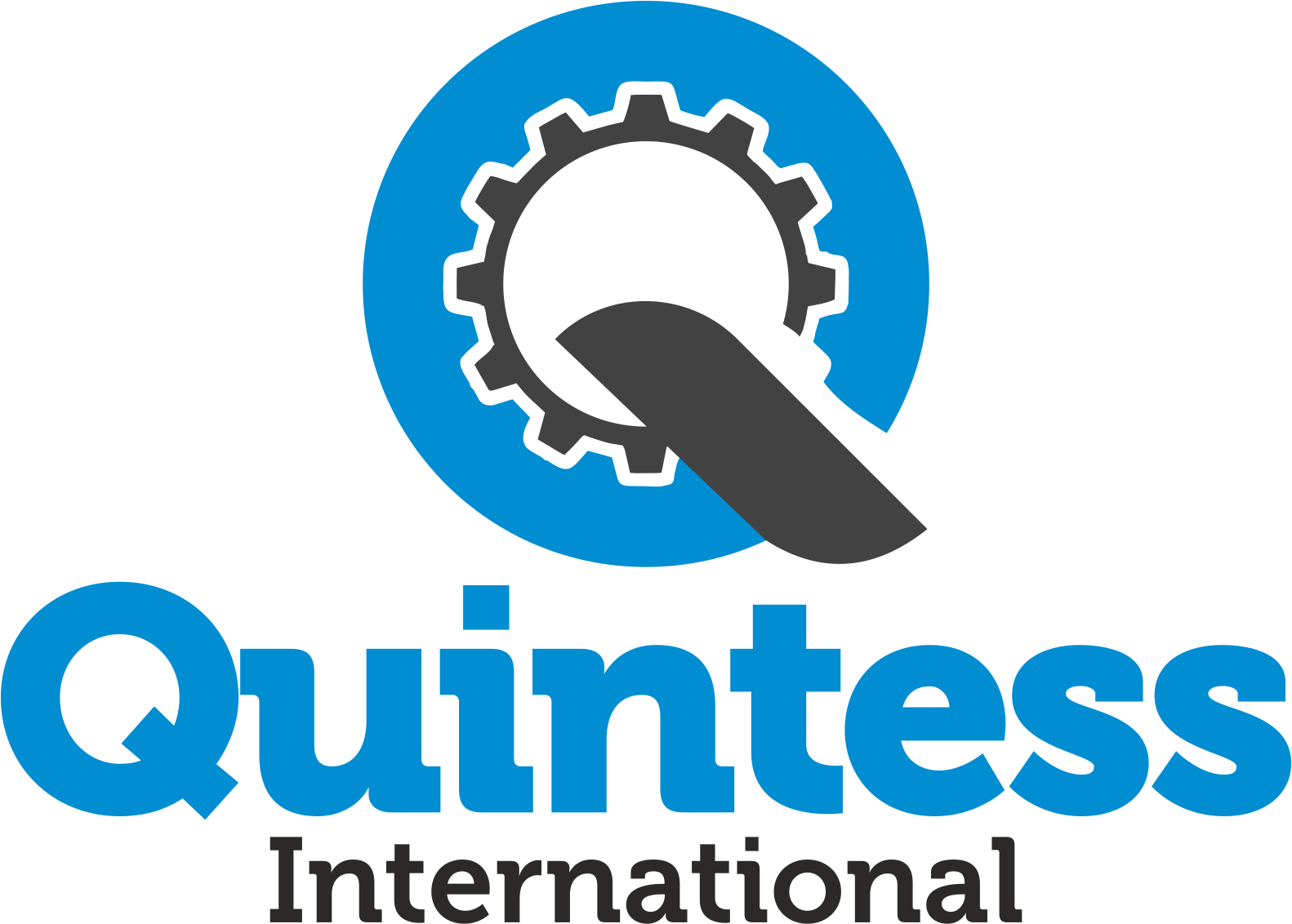
The cylinder liner market in Russia has been experiencing remarkable growth, with increasing demand driven by the automotive and industrial sectors. As one of the key components in internal combustion engines, cylinder liners play a crucial role in ensuring optimal engine performance, durability, and efficiency. This blog explores the current trends, challenges, and opportunities within the cylinder liner market in Russia, offering insights into how businesses and investors can capitalize on this rising demand.
Understanding the Cylinder Liner Market in Russia
Cylinder liners, also known as cylinder sleeves, are integral to engine operation. They are found in various applications, including automotive engines, construction machinery, and industrial engines. These liners help protect the engine’s internal components by reducing friction and wear, thereby extending engine life and enhancing overall performance.
In Russia, the demand for cylinder liners is largely influenced by the growth in the automotive industry, the expansion of industrial machinery, and the increasing adoption of advanced engine technologies. With a robust manufacturing sector and a strategic focus on boosting domestic production, the Russian cylinder liner market is poised for significant expansion.
Key Trends Shaping the Cylinder Liner Market in Russia
Increasing Demand from the Automotive Industry
The automotive industry in Russia is experiencing steady growth, with both domestic manufacturers and foreign companies increasing their production capabilities. As a result, the demand for high-quality cylinder liners has surged, especially in the manufacturing of heavy-duty vehicles, passenger cars, and trucks.
Advancements in automotive technology, such as the development of electric vehicles (EVs), hybrid engines, and fuel-efficient internal combustion engines, are also contributing to the rising demand for specialized cylinder liners designed to meet these new engine specifications.
Growth of the Heavy-Duty and Industrial Machinery Sectors
Another significant trend driving the cylinder liner market is the rise in construction and industrial machinery production. Russia’s infrastructure development projects and industrial growth have spurred the need for heavy-duty machinery, including excavators, loaders, and generators. These machines rely heavily on durable engine components like cylinder liners to withstand extreme operating conditions.
The oil and gas industry, a major contributor to Russia’s economy, also plays a role in driving the demand for cylinder liners. As energy exploration and extraction technologies evolve, the need for efficient, long-lasting engine components is expected to rise.
Focus on Engine Durability and Performance
With increasing pressure to reduce environmental impacts and improve fuel efficiency, Russian manufacturers are focusing on enhancing engine performance. Cylinder liners, being a vital component for engine durability and efficiency, have become an area of investment for both domestic and international companies. The need for high-performance materials, such as wear-resistant alloys and innovative coatings, is on the rise to meet stricter emission standards and improve fuel economy.
Challenges Facing the Cylinder Liner Market in Russia
Economic Uncertainty and Supply Chain Disruptions
One of the major challenges facing the Russian cylinder liner market is the ongoing economic uncertainty. International sanctions, fluctuating oil prices, and global economic shifts create a volatile business environment. These factors can disrupt supply chains, impact raw material availability, and lead to price fluctuations.
Manufacturers in Russia must be able to navigate these challenges to maintain production and meet demand. This situation has led many companies to focus on strengthening local supply chains and exploring new partnerships to mitigate the risks associated with external economic factors.
Competition from International Manufacturers
While Russia has a strong domestic cylinder liner manufacturing base, competition from international suppliers remains fierce. Global players with advanced technologies and established brand reputations have a significant share of the market. Local manufacturers need to innovate and improve the quality of their products to stay competitive and attract customers.
Additionally, the cost of production and manufacturing remains a challenge for Russian producers. International companies often benefit from economies of scale, enabling them to offer lower-priced products. This puts pressure on domestic manufacturers to optimize their production processes and reduce costs.
Technological Advancements and Skill Gaps
The rapid pace of technological advancements in the engine and manufacturing industries presents both opportunities and challenges. To remain competitive, Russian companies need to invest in research and development (R&D) to produce high-performance cylinder liners using advanced materials and manufacturing processes. However, there is a noticeable skill gap in the workforce, with a shortage of professionals who are well-versed in the latest technologies required for producing state-of-the-art cylinder liners.
Opportunities in the Cylinder Liner Market in Russia
Expanding Domestic Production Capabilities
One of the biggest opportunities in the Russian cylinder liner market lies in increasing domestic production capabilities. By focusing on local manufacturing, Russian companies can reduce their dependence on imported liners, which can be subject to import tariffs and currency fluctuations. Expanding production will also enable manufacturers to meet the growing demand from the automotive and industrial sectors within Russia and other neighboring markets.
Additionally, with a strong push from the Russian government to boost domestic industries, there are various incentives available for companies looking to invest in advanced manufacturing technologies and expand their production capacity. This makes it an ideal time for both new and established players to tap into the market.
Innovations in Materials and Manufacturing Processes
As engine technologies evolve, so too must the materials and manufacturing processes used for cylinder liners. There is a significant opportunity for innovation in this area. New materials, such as high-performance alloys and composite materials, can improve engine efficiency, reduce wear and tear, and extend the lifespan of the liners.
The adoption of advanced manufacturing techniques, such as 3D printing and precision casting, could also revolutionize the production of cylinder liners, enabling greater customization and cost-effectiveness. This offers a significant competitive edge for Russian manufacturers looking to cater to both domestic and international markets.
Strategic Partnerships and Export Potential
Another avenue for growth lies in strategic partnerships and collaborations with foreign companies. By partnering with international industry leaders, Russian manufacturers can gain access to advanced technologies, improve their product offerings, and expand their market reach.
Additionally, with the rise of demand for cylinder liners in emerging markets, there is significant export potential for Russian producers. As Russia continues to strengthen its economic and trade relations with countries in Asia, Africa, and Latin America, there is an opportunity to establish a strong foothold in these regions.
FAQs
What is a cylinder liner, and why is it important?
A cylinder liner is a critical engine component that forms the inner surface of the cylinder. It helps reduce friction and wear between the piston and the cylinder, contributing to engine durability and efficiency.
How is the demand for cylinder liners in Russia expected to evolve?
The demand for cylinder liners in Russia is projected to grow due to increasing automotive production, industrial machinery demand, and advancements in engine technology.
What challenges are impacting the cylinder liner market in Russia?
Challenges include economic uncertainty, competition from international manufacturers, and the need for skilled labor to keep up with technological advancements.
What opportunities exist for businesses in the Russian cylinder liner market?
Opportunities include expanding domestic production, innovating with new materials and manufacturing processes, and forming strategic partnerships with international companies.
How can Russian companies compete with international cylinder liner manufacturers?
By focusing on improving product quality, reducing production costs, and investing in advanced manufacturing technologies, Russian companies can better compete in the global market.
Conclusion
The cylinder liner market in Russia is on the rise, driven by a variety of factors, including the growth of the automotive and industrial sectors, increasing demand for high-performance engine components, and the push for technological innovations. While challenges such as economic uncertainty, competition from international manufacturers, and skill gaps exist, the market also presents significant opportunities for businesses willing to invest in local production, advanced technologies, and strategic partnerships.
As Russia’s cylinder liner market continues to evolve, it is clear that there is immense potential for both established players and new entrants to succeed in this growing industry. By capitalizing on emerging trends and addressing key challenges, businesses can position themselves for long-term growth in the Russian market.


